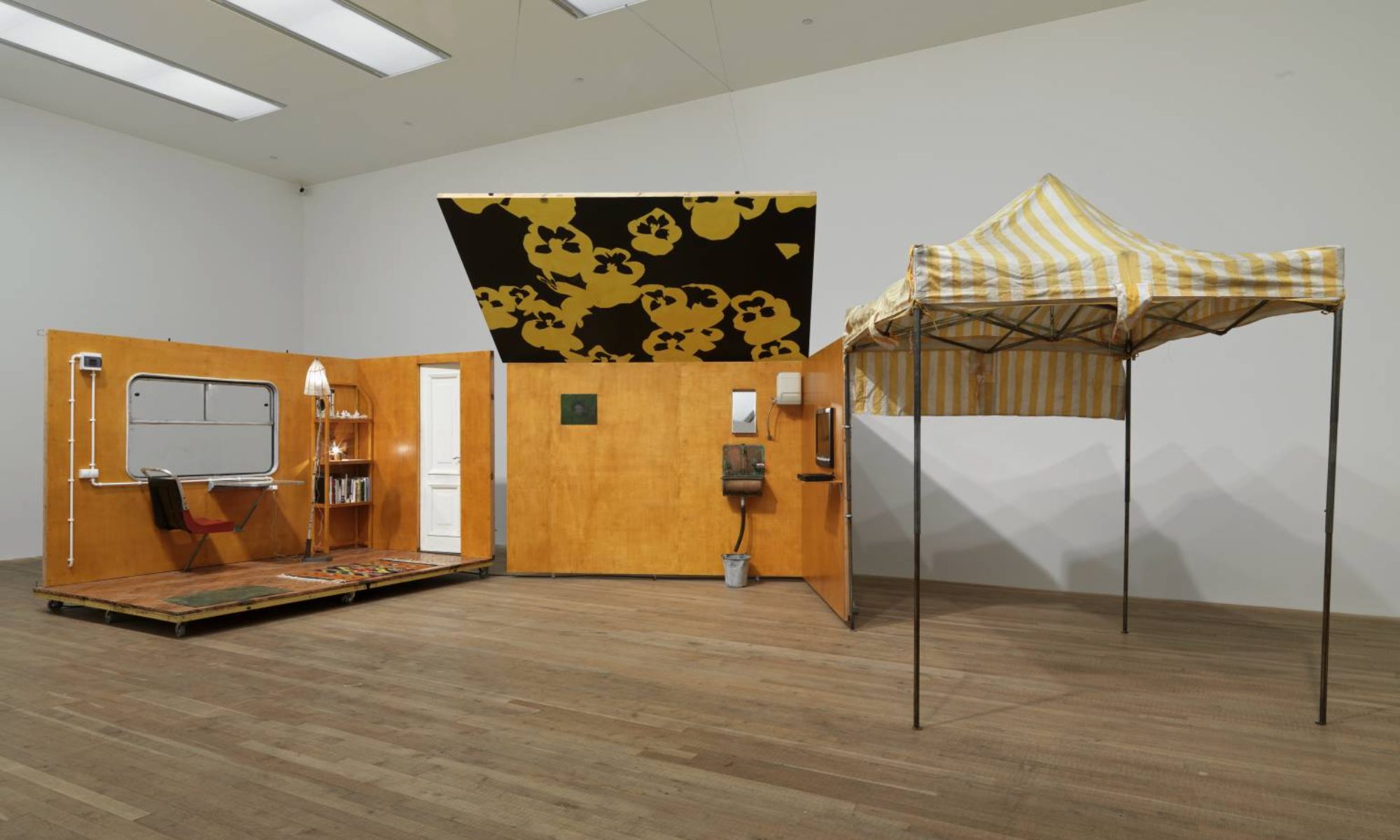Following is the third and final installment of my essay on film poetry.
Read the first part here: https://cpoem.sunygeneseoenglish.org/2016/04/05/film-poetry-deforming-the-surface/
And the second part here:https://cpoem.sunygeneseoenglish.org/2016/04/17/film-poetry-deforming-the-surface-pt-2/
At first this definition film poetry might seem too self-serving or too far reaching because of a narrow focus on surfaces, what about film poets that want to plumb the depths? I’ll try to create a wider definition to satisfy everyone, but first I want to address my problems with the concept of “depth” in poetry and film. Physically it’s clear enough that poems and films are media intimate with thin surfaces, namely paper and film. It’s equally problematic, though, to talk about the meaning of the final product in terms of metaphorical depth. Typically the platitude “that’s deep” stops any real engagement with the work. Just as often what is analyzed as depth, like a thorough examination of a very specific thing, is really just an exploration of a manifold surface. The idea that a poet is uncovering something that can’t be seen, rather than adding light to something that hasn’t been sufficiently illuminated, is a dangerous one that very often leads to poetry completely disconnected from the audience. I would contend that the best work a poet can hope to do is creatively interfere and obscure what is already there, i.e. the “something burning in the projector” or a certain literary tradition. While new territories are very occasionally opened up almost all poetic work is inscribing the surface one’s own little part of that territory, as John Gallaher put it to me in an interview earlier this semester. Poetry that tries to conceive of itself otherwise, as if it has a grand mission of plumbing the unexplored depths, is overheated and disconnected. Practicing film poetry, turning over and over thought of words as a surface, words as film, creatively destroys the illusion of depth.
A slight modulation of Stein’s definition might make it a more widely agreeable one. If we talk about the tension between plot and rhythm, rather than subordination, the definition works just as well for Brakhage (think surface tension of water) as it does for poets working more concretely or more closely with narrative. This tension is present in every film poem because perfect translation doesn’t exist: words and images, even if they are very explicitly trying to represent the same thing, will always be at odds with one another, and it would be boring otherwise. All of the best film poems I’ve seen take advantage of this tension, making it into something creative by throwing it into greater relief. Drew Milne speaks to this when he writes of Olson’s work as “preferring disjunctions between media over any kind of harmony.” This may seem like too simple of a point to be worth mentioning, but acknowledging this basic, immutable distance is a humbling and important practice to undertake before developing the kinship.
With my first few film poems, which I screened at the Rochester Fringe Festival in October alongside the work of fellow Geneseo film poets Evan Goldstein and Margot Hughes, I was concerned with mitigating this tension for the sake of creating a “unified whole.” I wanted to create a chimera, a new entity very much itself, but with distinct components. The concept was somewhat misguided. After the two iterations of the project it was clear the components, or fragments, can never quite occupy the same body, and even repulse each other sometimes. The first was montage visuals with the poem spoken over it, which came off too much like an overlay for me. My last ditch attempt at the chimera was to delete the audio from the video and insert the text of the poem into the video, about one line for each image, in an attempt to give the images some sort of agency or advantage over the text, which I felt at the moment was overpowering the images because I had written the poems before I had even thought about the video project. However, the text was plain yellow for the sake of readability and never left the bottom third of the screen; I never let the images guide the placement of the text. Instead of a subordination the text actually effaced the images.
The problem was working against the tension instead of working with it, in addition to getting nervous about “which came first? The film or the poem?” It would be off the mark to say that a film poet should always create the film and poem simultaneously, or even that one medium will necessarily have more sway in the final product because it was conceived first. The question is ultimately useless because the pursuit of harmony in film poetry does very little for it when almost every aspect of the process is defined by abrasion, burning, obscuring, shooting and fragmentation. Film poetry is the abrasion and manipulation of surfaces, the examination of the new spaces created as film surface and text surface deform each other.
